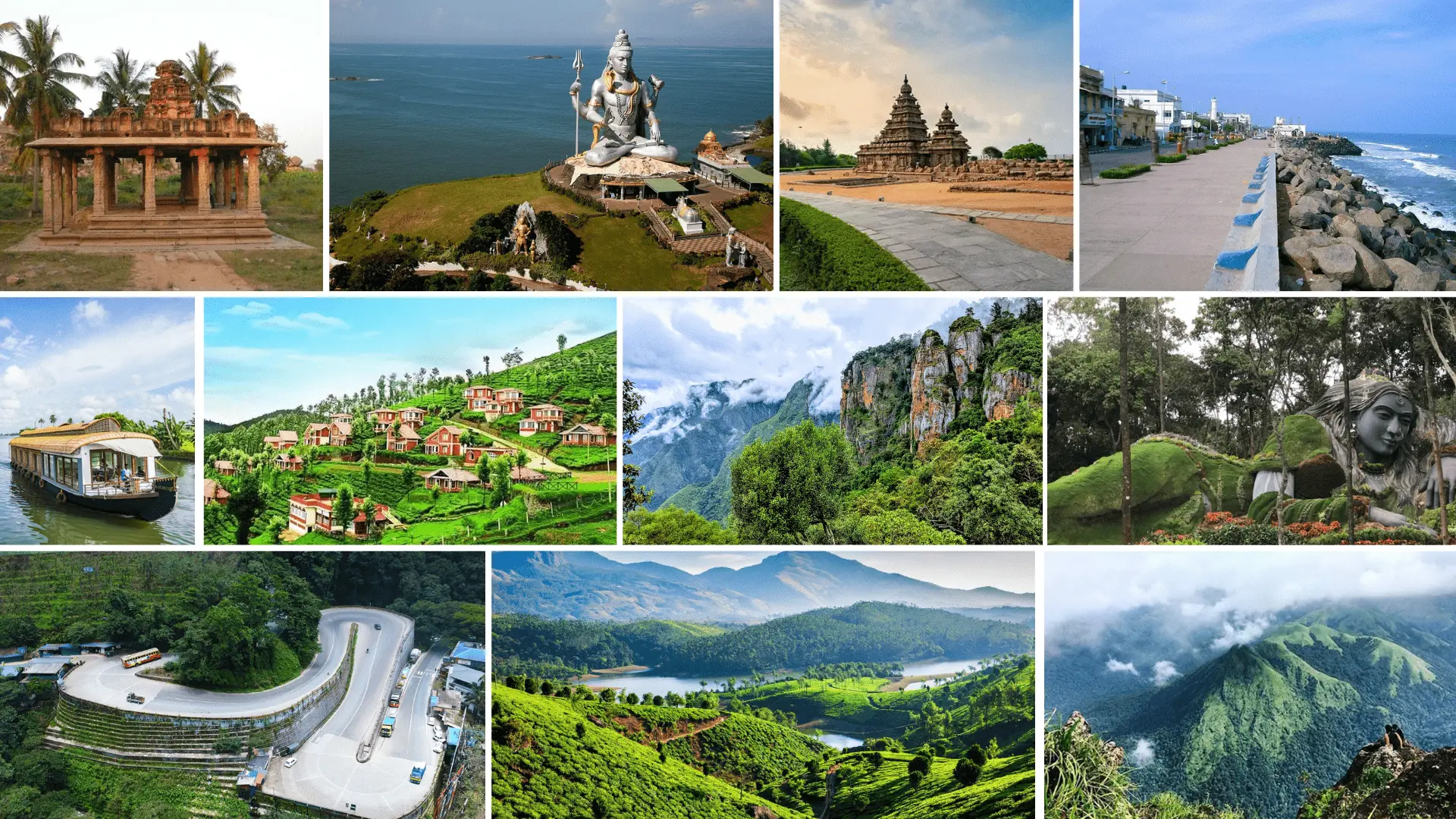India, a land of diverse cultures, is renowned for its vibrant markets that offer a unique and immersive shopping experience. The bustling bazaars across the country are not just places to buy and sell; they are a celebration of traditions, crafts, and the rich tapestry of Indian life.
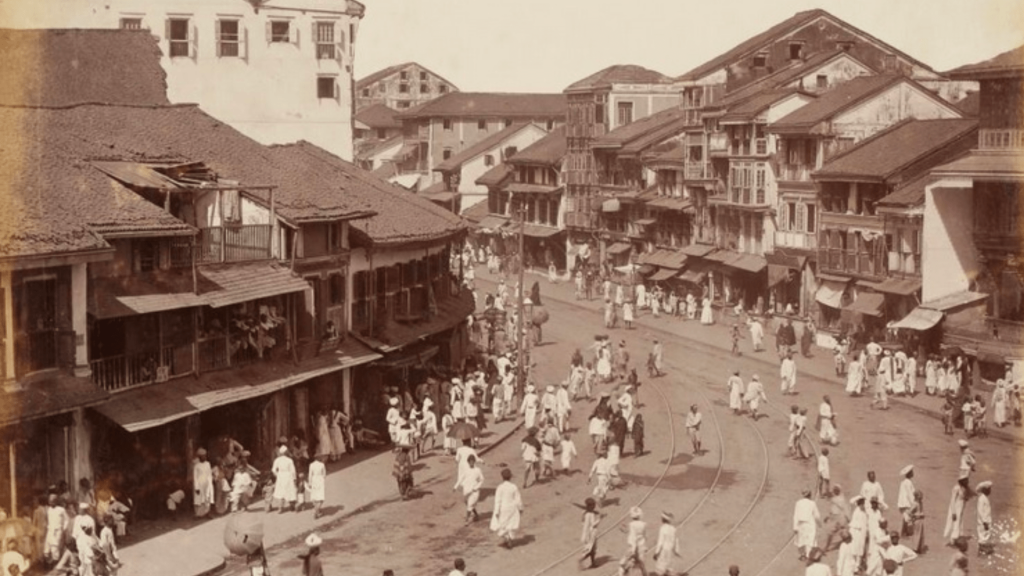
Historical Roots
The evolution of Indian bazaars dates back centuries, deeply rooted in cultural significance and traditions. These markets have been more than just commercial hubs; they have been the heartbeat of communities, reflecting the ethos of the regions they represent.
Diversity of Indian Markets
From the bustling streets of Delhi to the serene markets in Southern India, each region boasts its own flavor and uniqueness. Specialized markets catering to specific needs showcase the incredible diversity of India’s markets.

Shopping Extravaganza
Stepping into an Indian bazaar is entering a world of sensory overload. The vibrant colors, the clamor of voices, and the myriad of products create an unparalleled shopping extravaganza. From spices to textiles, each visit promises a unique experience.
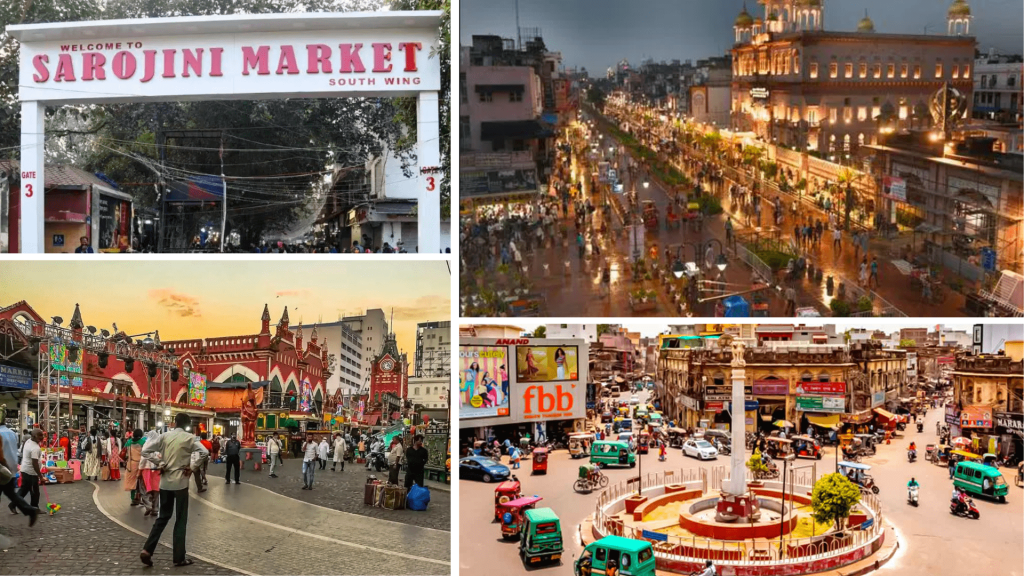
Famous Indian Bazaars
Chandni Chowk in Delhi, Colaba Causeway in Mumbai, and Commercial Street in Bangalore are iconic markets known for their historical significance and diverse offerings. These places are not just shopping destinations; they are a journey through time.
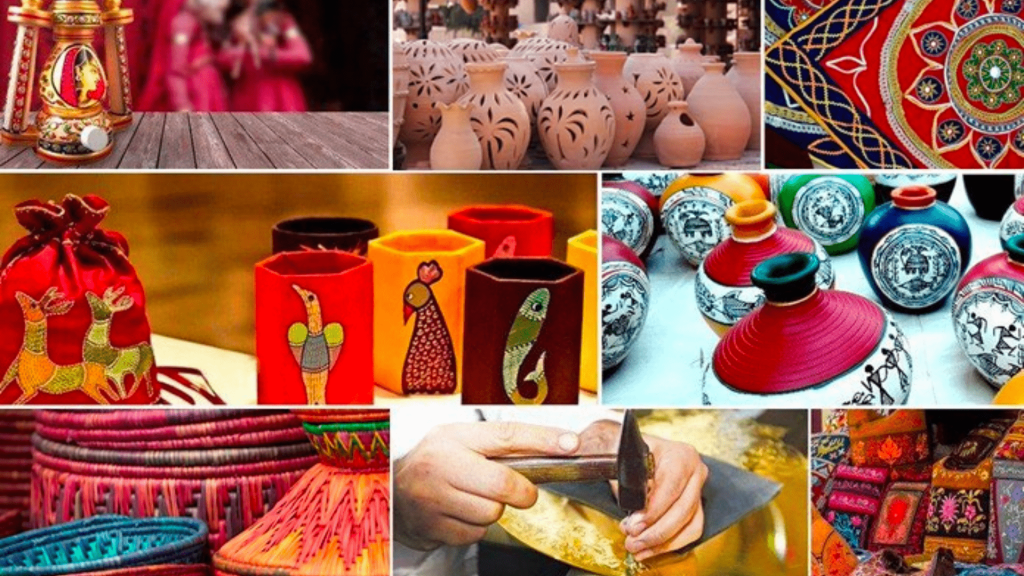
Artisanal Crafts and Handicrafts
Indian bazaars are treasure troves of traditional crafts and handmade products. These markets play a crucial role in preserving the cultural heritage of the country, showcasing the skills passed down through generations.
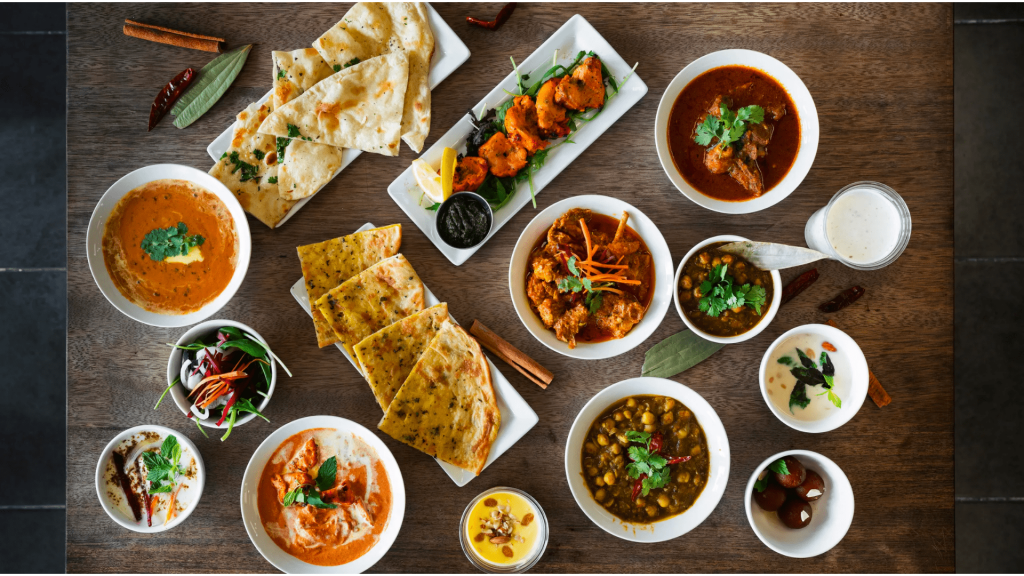
Culinary Delights
A visit to an Indian bazaar is incomplete without indulging in the delectable street food. From spicy chaats to sweet delicacies, the culinary diversity across the regions adds a flavorful dimension to the overall shopping experience.
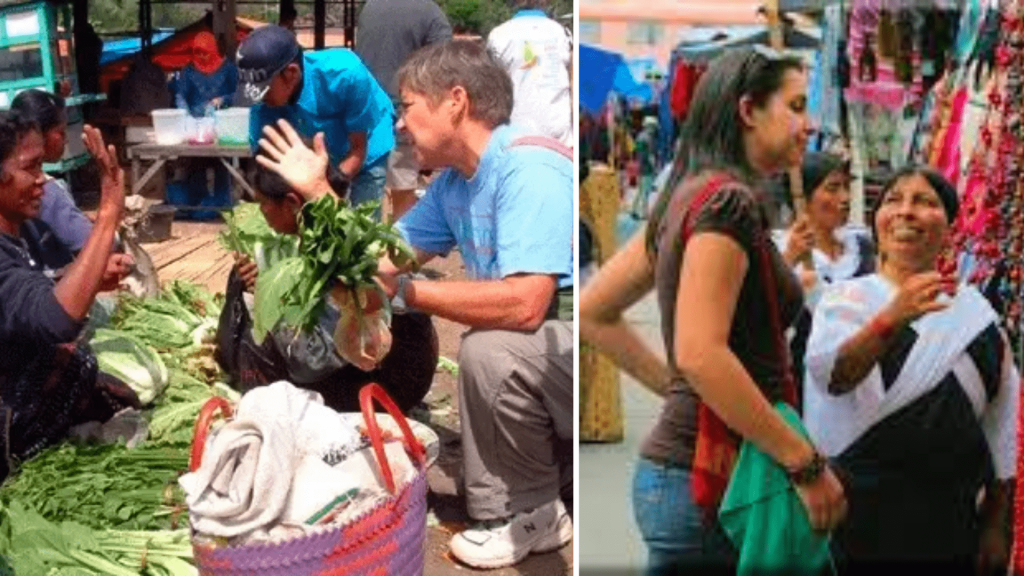
Bargaining Culture
Bargaining is an art form in Indian markets. The lively haggling between buyers and sellers is not just about the price; it’s a cultural exchange, an integral part of the shopping ritual. Mastering this art adds a layer of authenticity to the experience.
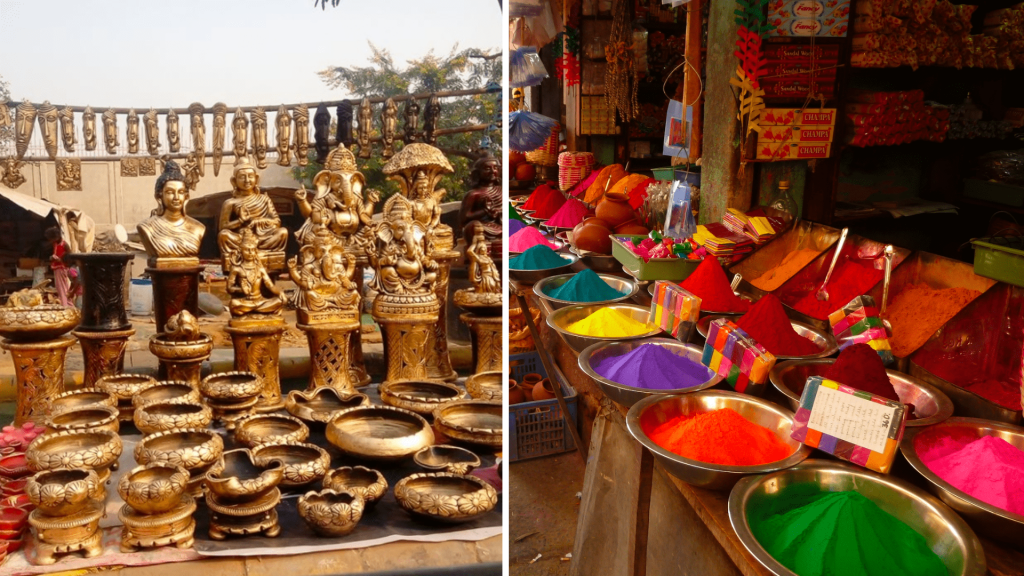
Festivals and Bazaars
During festivals, Indian bazaars transform into magical wonderlands. Seasonal markets offer unique products and experiences, capturing the essence of celebrations. The markets become an integral part of the festive spirit, attracting visitors from far and wide.
Modernization and Challenges
While traditional markets have their charm, they face challenges from the rise of e-commerce. Local vendors navigate the delicate balance between preserving tradition and adapting to modern consumer trends.
Sustainability in Markets
Efforts toward eco-friendly practices are gaining momentum in Indian bazaars. Encouraging handmade and sustainable products not only preserves traditional craftsmanship but also aligns with global concerns for a greener future.
Vibrancy in Social Interactions
Beyond commerce, Indian bazaars are hubs for social interactions. The markets play a crucial role in community building, fostering relationships that go beyond buyer-seller transactions.

Future of Indian Bazaars
Adapting to changing times, Indian bazaars are finding innovative ways to stay relevant. While modernization is inevitable, there is a collective effort to preserve the cultural essence that makes these markets unique.
Tips for Visitors
Navigating through the crowded lanes requires some skill. From bargaining tips to must-try experiences, here’s a guide for visitors to make the most of their time in these vibrant markets.
Conclusion
In conclusion, the vibrancy of Indian bazaars is more than a shopping experience; it’s a journey through India’s rich cultural tapestry. Each market tells a story, and every visitor becomes a part of this narrative, adding another layer to the legacy of these remarkable places.











